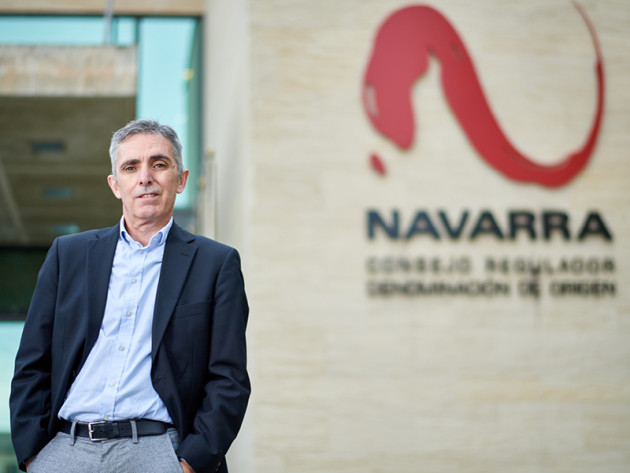
Headline hero: Javier Santafé, DO Navarra
In association with Wines of Navarra
With Navarra engaging in a major marketing push in key territories such as the UK, we ask Javier Santafé, director general, DO Navarra, for a snapshot of how the region is evolving.
How did Navarra’s mix of vines end up being so diverse?
For the past 30 years, Navarra has been focusing on international grapes, but in the 1980s Garnacha was 95% of plantings. For different reasons it was decided to plant Cabernet and Merlot. And there was no problem with quality, we are in a cool climate, and close to France, which has always had a lot of influence on Navarra, so that recipe was something positive.
But the world changes, with so many competing producers now, especially in the New World, so the [Spanish] native varieties are in demand again, which is interesting. Our idea is not to focus on the confrontation between the two, but to say here all the wines have an identity, a personality, that is Navarra.
How will Navarra’s winemaking most likely continue to evolve?
Generally speaking, people are drinking less, but of higher quality, and this is becoming important everywhere. So the future will be focused on high quality, and smaller regions, smaller production, will do well. We don’t have the [big blending] possibilities of the New World, the big brands, so our wines have to make a difference, not only in quality, but in style. So this is our target for the next 20 years. We don’t have the overproduction to produce [cheap] wines.
In Navarra, we are very strong in terms of sustainability, and many producers are focusing on this. We’ve had the financial crisis, the Covid crisis, and now we have the climate crisis, and I think this is going to be very important, everything is changing.
Keywords:
- UK
- Navarra
- marketing
- Wines
- key
- DO
- major
- hero
- javier
- engaging
- territories
- hero javier
- navarrawith navarra
- navarra engaging
- key territories
- major marketing
- headline hero javier
- hero javier santafé
- navarrawith navarra engaging




